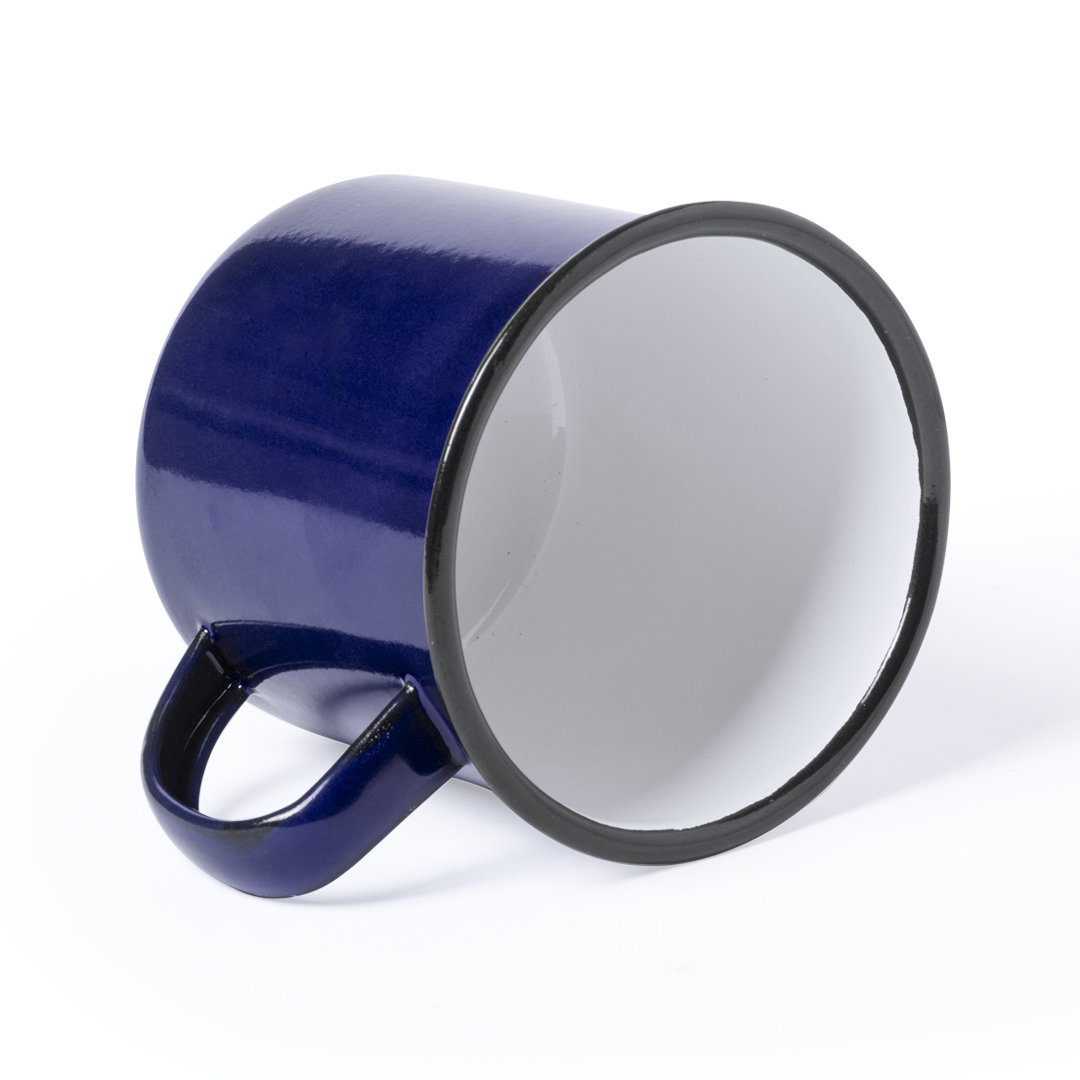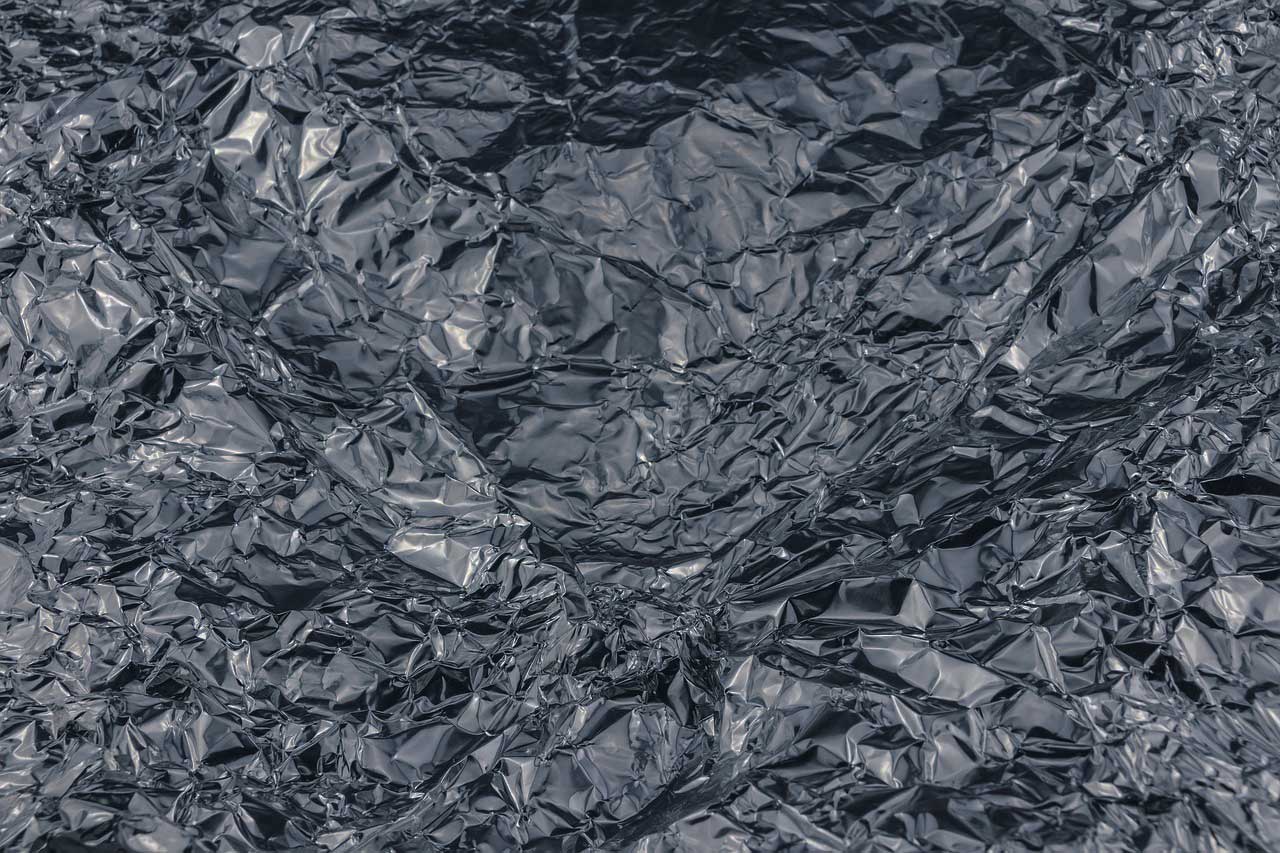What Is Metal?
Metal is a solid material, opaque, and a conductor of heat and electricity. Its malleability and ductility allow for easy deformation and shaping.
It is versatile and vital in the global economy, being a crucial raw material in today's world.
Metal is a chemical element known for being a good conductor of heat and electricity, malleable and ductile, as well as having high density and a high melting point. Metals are elements found in the periodic table to the left of the diagonal line that separates ferrous and non ferrous metals.
This material is obtained through a process known as metallurgy, which involves the extraction of metallic minerals from the Earth's crust and their subsequent processing. These steps allow it to be obtained in pure form and usable for various metalworking processes.
Metal Material. Its Origins
Metals have played a fundamental role in human history, being used for thousands of years. But where does metal come from? The origin of metal material dates back to the Copper Age when it was discovered and used by early civilizations. Its ease of extraction and malleability made it one of the first materials used to make tools and decorative objects.
Later, in the Bronze Age, it was discovered that mixing copper with tin produced a stronger metal, bronze. Subsequently, during the Iron Age, it became possible to extract and work iron metal, leading to the creation of even more efficient tools and weapons.
Over time, knowledge and technology in metalworking improved, allowing for the development of increasingly diversified and sophisticated metal products.
From the time of its discovery to the present day, metals have played a crucial role in human progress, contributing to the development of technology, construction, medicine, and many other areas of daily life.
What Are Metals and Alloys Used For?
Metal is a broad-spectrum material used in various industries thanks to its favorable physical and chemical properties. It plays a fundamental role in numerous industries such as aerospace and automotive.
Construction
It is an essential part of the production and construction of structures and metal parts. Being the heaviest metal, its strength makes it an ideal choice for supporting heavy weights and resisting adverse conditions.
Electronics
It plays a fundamental role in the production of electronic equipment, components, and devices such as computers, appliances, and renewable energy systems.
High conductivity allows for efficient transmission of electricity, while the ability to resist high temperatures is crucial in many applications.
Packaging
Metal stands out in the food and beverage industry because it does not react with these products, preserving their taste and quality.
Furthermore, being the hardest metal, metal containers are appreciated for their durability and their ability to maintain the hygiene and integrity of food and liquids.
Moreover, thanks to its versatility and malleability, metal is used in the production of products that are part of our daily lives, such as metal keychains, bottle openers, or metal pens.
Properties of Metal material
Metals are unique materials characterized by a set of special properties. In terms of physical characteristics, metals are generally hard and tough. Some of the main properties that define them are hardness, referring to their scratch resistance; strength, allowing them to withstand breakage; and elasticity, enabling them to restore their original shape after being deformed.
Furthermore, hard metal also possesses other properties such as fatigue resistance, meaning they can withstand constant forces or pressures without breaking. Similarly, they are malleable, giving them the ability to change shape, and ductile, allowing them to deform without breaking. These characteristics of metals make them very versatile and useful in various industrial and everyday applications.
Advantages of Metal material
Metal is widely used in numerous industries because it offers many advantages that make it a popular and valuable choice.
One of the highlights is its high recyclability, allowing it to be reused without losing its fundamental properties. This makes it a sustainable choice that contributes to waste reduction and saves natural resources.
Additionally, metals offer a wide range of aesthetic options; they can be painted and treated in various ways, allowing for different visual aspects and additional properties, such as corrosion resistance. Their durability and strength also contribute to long-term cost savings, as they require less maintenance and replacement compared to other materials.
Finally, metal packaging is available in a wide range of sizes and printing formats, making them practical and versatile. They require minimal secondary packaging for transport and presentation in retail stores, making them a convenient and efficient choice.
Categories and Types of Metals
There are several categories of metals, each with its characteristics and applications. Some metals are considered precious due to their rarity and high economic value, while others are more common and cost-effective. Each category has its advantages. Some of the most common ones include:
Precious Metals
These include gold, silver, platinum, and diamonds. Although gold is generally mined, it can also be obtained through the extraction of other metals.
Base Metals
The main feature of base metals, such as copper, lead, and zinc, is their wide availability. Since they are relatively common in the Earth's crust, they are accessible and economical.
Ferrous Metals
This group includes metals like iron, steel, or chrome. These materials are highly magnetic and stand out for their strength and hardness.
Non-Ferrous Metals
Unlike ferrous metals, non-ferrous metals are lightweight and have higher corrosion resistance.
They are also excellent conductors of electricity and heat. Among these metals are aluminum, copper, lead, and tin.
Rare Earth Metals
Some examples are scandium, yttrium, and lanthanum.
They are rare, and their extraction and use are complex. They are used to produce glass, ceramics, magnets, etc.
Alloys
Alloys are created by combining two or more metallic elements to obtain a new substance with different chemical and physical properties.
Among these are bronze, brass, or aluminum-magnesium.
Types of Metal
In addition to categories, metals exist in a wide variety, each with different characteristics suitable for various applications.
The classification of metals allows for better organization and understanding of their properties and behaviors, simplifying their selection and use. Some of the most common metals include:
Iron
Iron is one of the most abundant metals on Earth and the most used in the industry. It is used in steel production, an iron and carbon alloy.
Steel is widely used in construction, the automotive industry, and tool manufacturing.
Aluminum
Aluminum is a lightweight and corrosion-resistant metal.
It is used in a wide range of applications, such as aircraft production or containers, thanks to its malleability and reduced weight.
Copper
Copper is an excellent conductor of electricity and heat.
It is used in the electrical and electronic industry, water pipes, cable production, and medical equipment applications.
Gold
Gold is a precious metal known for its beauty and corrosion resistance.
It is mainly used in high-end jewelry, high-end electronics, and medical applications.
Silver
Silver is another precious metal used in jewelry and decoration.
It is also used in industrial sectors such as photography, electronics, and mirror manufacturing.
Titanium
Titanium is a lightweight and corrosion-resistant metal.
It is used in the aerospace industry, medical equipment, sports equipment manufacturing, and jewelry.
What Is the Price of Metals and Products?
Metal material products tend to be slightly more expensive than those made of plastic or other materials. However, this price difference is justified because these gifts generally offer greater durability. This will make your brand associated with resilience and quality, making your audience more likely to positively value the gesture.
The price of metal can vary significantly depending on the type. As listed earlier, there are numerous options, but there is a considerable difference between buying something made of aluminum or copper compared to an object made of gold. Therefore, depending on the type and composition, the price can vary significantly.
Products Made of Metal material
Metal, the most durable and long-lasting material, has been the focal point in the production of a wide range of products throughout history. Even superheroes can't resist its charm! Just look at how even Iron Man's costumes and other superheroes' costumes are made with this component.
From metal keyrings that make your keys jump for joy to metal cups that defy gravity with their strength. Even kitchen equipment is ready to cope with any ingredient.
Ready to challenge kitchen knives with a sharp style that will make your vegetables tremble? And don't worry, if you have scattered cards everywhere, personalized metal card holders are here to keep your cards under control.
The Best Metal Engraving Techniques
There are various marking techniques that can be used to customize metal products. The choice of technique will depend on the type of metal, the surface to be marked, the purpose of the marking, and the design.
Laser Engraving
This technique involves projecting a laser beam guided by a computer onto the product's surface, creating a raised engraving of the design.
Laser engraving provides a high-quality, durable, and sharp finish, allowing for fine and precise details. It is particularly suitable for metals such as stainless steel, aluminum, and brass.
Screen Printing
Screen printing is a printing technique that uses a mesh to transfer ink to the metal.
It is ideal for applying designs with vibrant and eye-catching colors to flat surfaces. The results are precise and resistant to washing.
Sandblasting
This method uses a high-pressure stream of sand or abrasive particles to erode the metal's surface and create a raised effect.
This technique is particularly suitable for large, flat surfaces. Additionally, it is fade-resistant and durable.
Digital Printing
Digital printing allows for direct printing on the metal's surface using a specialized printer.
It provides high-resolution printing and allows for a wide range of colors and visual effects. It is ideal for customizing metal products such as mugs, pens, and keychains.
Differences Between Metal and Steel
Metal and steel are two closely related terms but with notable differences. When it comes to similar materials used in different applications, it is crucial to understand the distinctions between them. Although both terms refer to metallic elements, there are key features and properties that separate them and make them suitable for different uses and situations.
Metal
Metal is a broad term that refers to a variety of chemical elements with metallic characteristics.
Properties vary depending on the mixture of metallic elements.
Good electrical and thermal conductivity.
High recyclability.
Steel
Stainless steel is an alloy of iron, chromium, and other elements in varying proportions.
High mechanical strength and the ability to withstand heavy weights.
More malleable and easier to work with than pure metal.
Corrosion-resistant.
Metal and steel are different materials in composition and characteristics. Metal encompasses various elements with metallic properties, while stainless steel is an alloy of iron with chromium and other elements.
Metal is known for its conductivity and malleability, while stainless steel is known for its corrosion resistance and durability. The choice between the two depends on the specific requirements of each application, such as conductivity, corrosion resistance, or aesthetic appearance.
Environmental Properties of Metal Types
Metal exhibits several environmental properties that make it an environmentally friendly choice. One of its distinctive features is its high recyclability, as it can be reused without losing its fundamental properties.
This recycling process reduces the need to extract and refine new metals, thereby helping preserve natural resources and reducing the amount of waste generated. Therefore, it is a sustainable and environmentally friendly alternative compared to other manufacturing materials.
Additionally, metal products tend to have a longer lifespan than those made from other materials. This means they require fewer replacements and maintenance over time, further reducing their overall environmental impact.
Finally, metal is known for its ability to resist corrosion, meaning it has good longevity even in challenging environments or exposure to weathering agents.
In summary, metal offers an environmentally friendly option for the production of long-lasting products that contribute to the conservation of natural resources and waste reduction.
Conclusions
This element has played an essential role over time. Its unique properties have made it a prominent choice in the production of a wide range of products.
Some of its distinctive advantages, such as recyclability, durability, and strength, contribute to waste reduction and resource savings. Furthermore, its ability to conduct heat and electricity, malleability, ductility, and resistance to corrosion make it a versatile and valuable choice in many industrial applications.
The choice between different types and categories of metals and their respective marking techniques depends on the specific needs of each application. Therefore, understanding the properties of metals is crucial to make the most of their characteristics and benefits.






